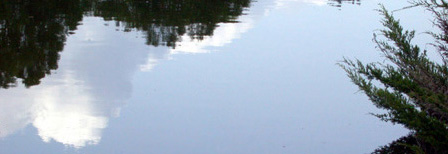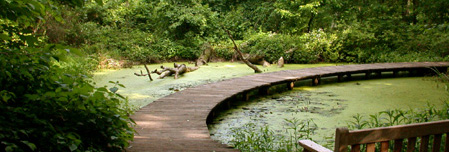Recovered from the Wayback Machine.
Ezra Pound has been under discussion lately, and not just in Loren’s analysis of Pound’s Cantos — his lifelong work. Jonathon also discussed Pound but from a different perspective. He wrote about the dilemma between Ezra Pound the poet, and Ezra Pound the anti-Semitic traitor. Specifically, the issue had to do with Pound being nominated and receiving the Bollington prize for his Pisan Cantos, which he wrote while being incarcerated for treason.
This is not an easy topic. I don’t see an easy answer or a clear one, and the feelings can run high, as witness my anything but subtle “Being an American is not a limitation” pushback of yesterday. On the one hand, it’s important to separate the art from the artist, because to do otherwise encourages censorship. On the other hand, honoring a person’s art indirectly honors the artist, no matter how much we try to isolate the work.
Ezra Pound is considered a poet’s poet, the father of modern poetry, and the mentor of other poetry legends such as TS Eliot and e.e. Cummings. His Cantos are considered the definitive work of its kind — literary masterpieces. I’m not one to take on something like the Cantos, but I rather liked Pound’s sweet little poem An Immorality:
Sing we for love and idleness,
Naught else is worth the having.Though I have been in many a land,
There is naught else in living.And I would rather have my sweet,
Though rose-leaves die of grieving,Than do high deeds in Hungary
To pass all men’s believing.
Yet from the man who penned this sweet song of the love of simple things over the immortality of being a hero, comes:
Is there a RACE left in England? Has it ANY will left to survive? You can carry slaughter to Ireland. Will that save you? I doubt it. Nothing can save you, save a purge. Nothing can save you, save an affirmation that you are English.
Whore Belisha is NOT. Isaccs is not. No Sassoon is an Englishman, racially. No Rothschild is English, no Strakosch is English, no Roosevelt is English, no Baruch, Morgenthau, Cohen, Lehman, Warburg, Kuhn, Khan, Baruch, Schiff, Sieff, or Solomon was ever yet born Anglo-Saxon.
And it is for this filth that you fight. It is for this filth that you have murdered your empire, and it is this filth that elects your politicians.
The dilemma of the artist as separate from their art continues today with Roman Polanski’s Academy Award nomination and subsequent win for directing The Piano, a movie about the very same Holocaust that Pound supported in his broadcasts. Polanski’s nomination coincided with the release of the transcript of the rape case he was charged with many years ago — the rape of a 13 year old girl. Ironically enough, the victim of the rape, now 39, urged the Academy not to hold back on giving Polanski the award.
In Jonathon’s comments, qB (coincidentally facing her own censorship issues right now) also brought up the controversy that surrounds Wagner, who was also anti-semitic. As the Guardian article writes, though, Wagner was not alone — Chopin, who I’m rather fond, was also anti-semitic (of which I wasn’t aware).
Jonathon had originally wrote a long time ago that he found an inverse proportion between the ‘goodness’ of an artist and the quality of their work. Ultimately, I don’t know what’s right. I do believe that work should not be censored, never censored. But I have a difficult time with the concept of honoring a work by a person who advocated the killing of millions. And these words sound exactly the same as the words I’ve heard from others, people whose opinions I deplore. So much for my smug assumption of moral superiority.
Where’s the line? I don’t know.
Maybe the solution to this dilemma is the one that the authorities took with Pound long ago — declare it all insane and push it out of the way and go on to other things.





